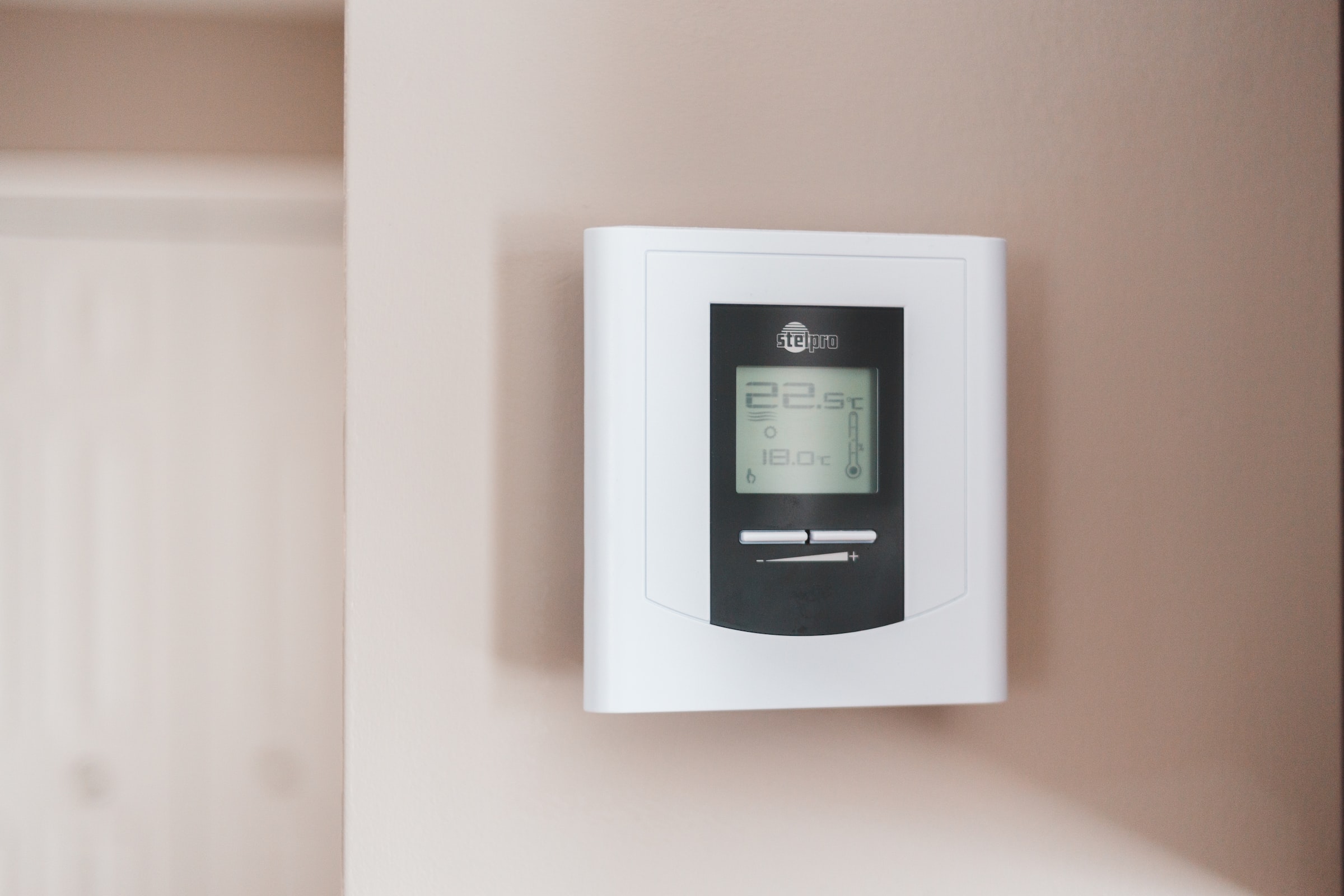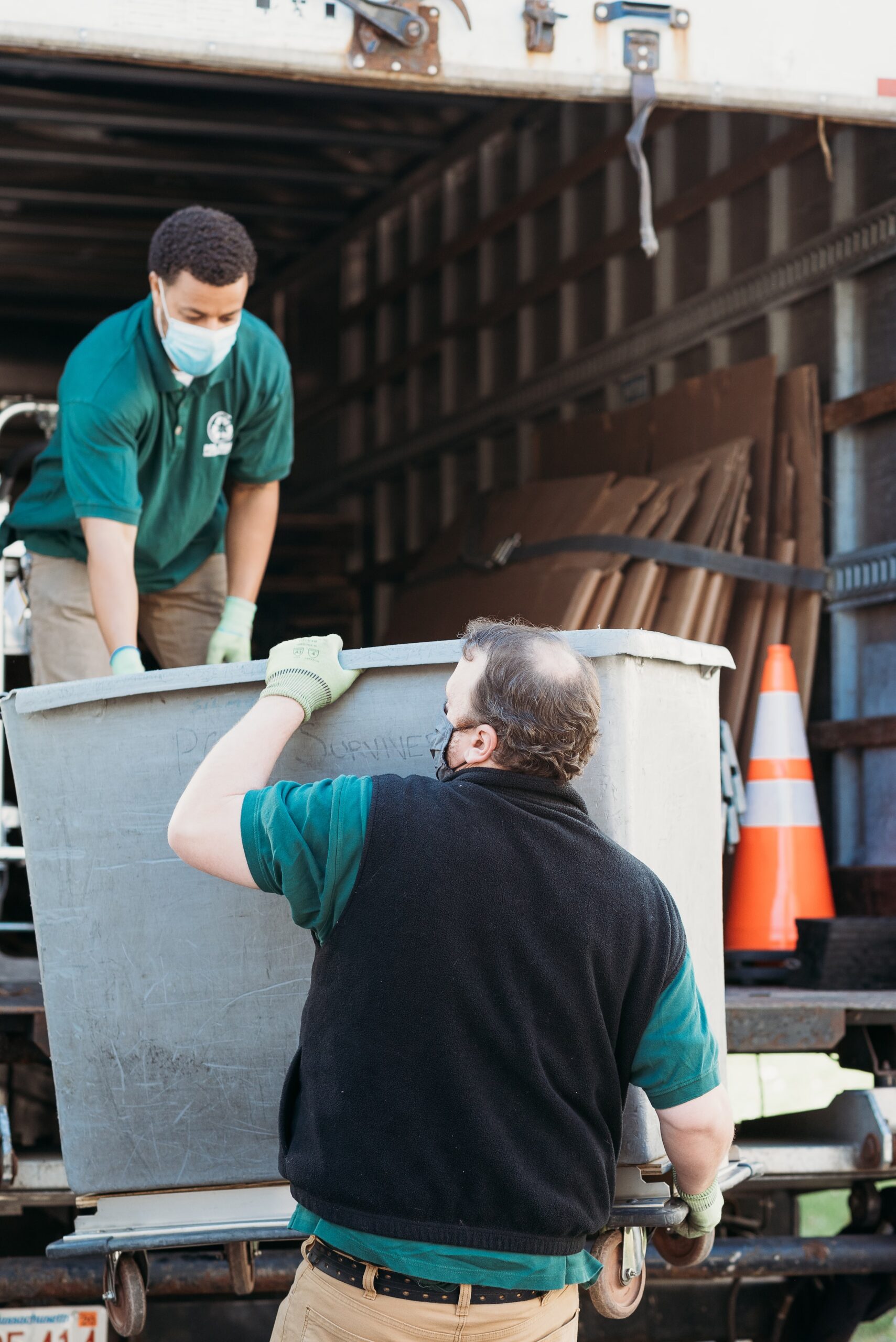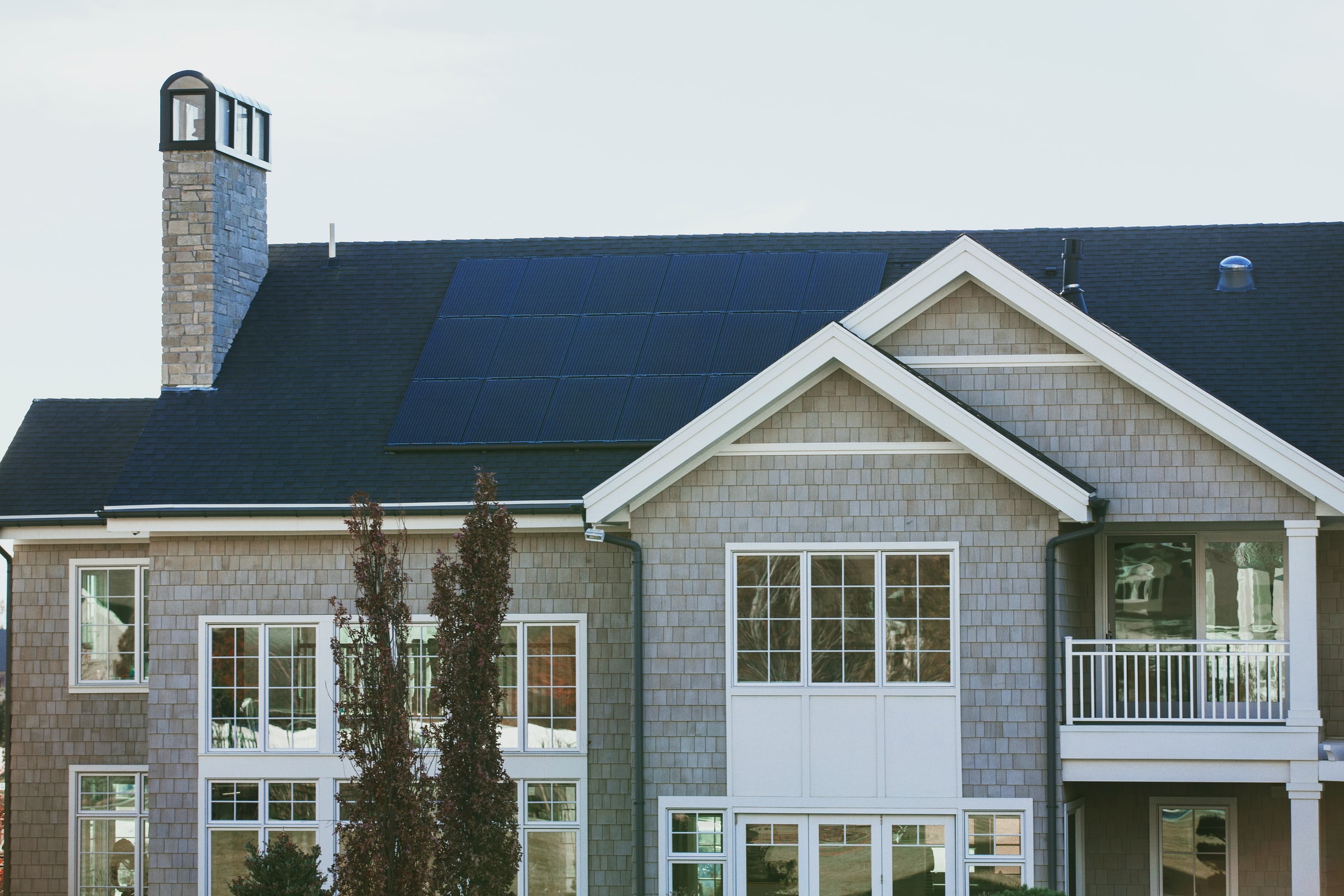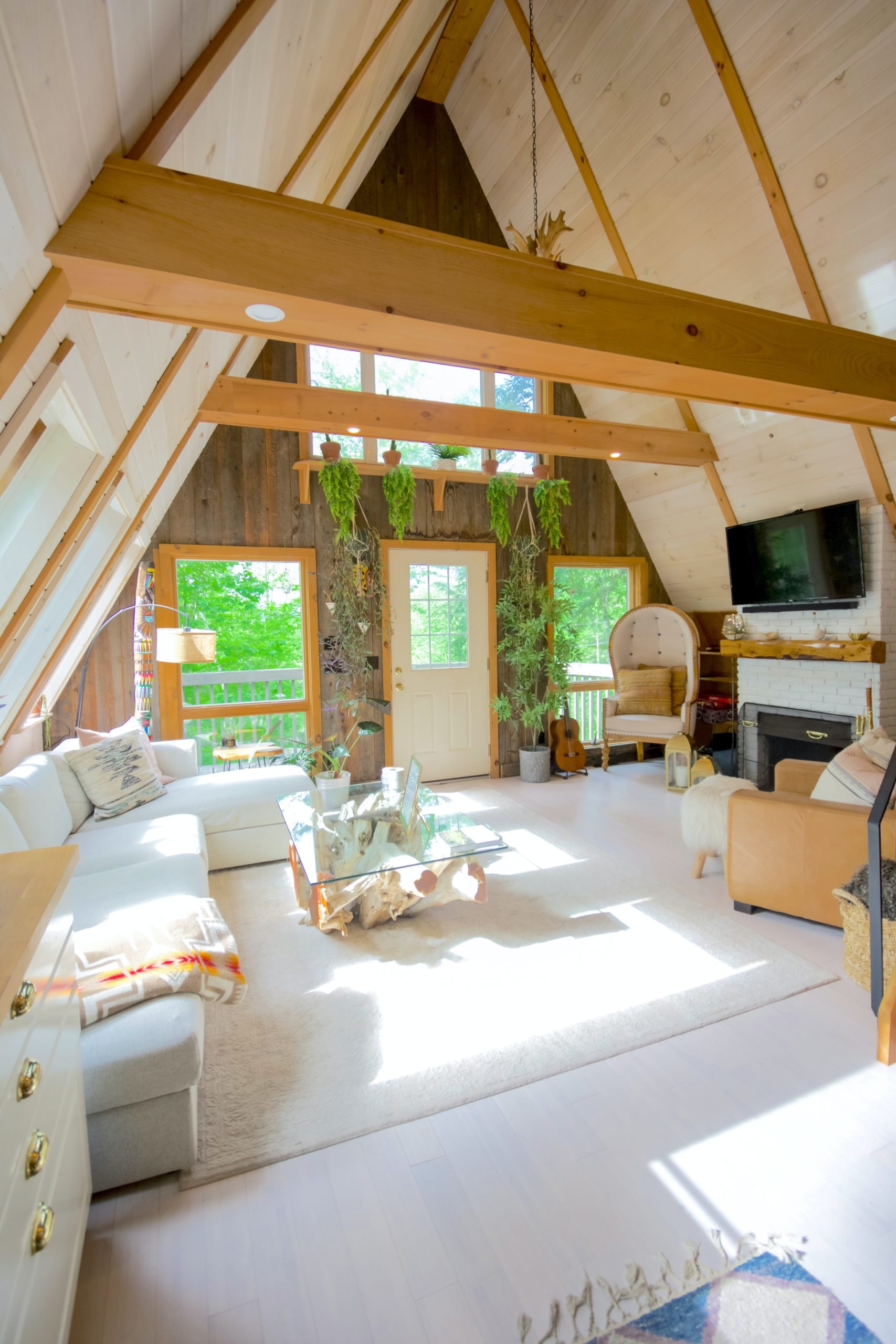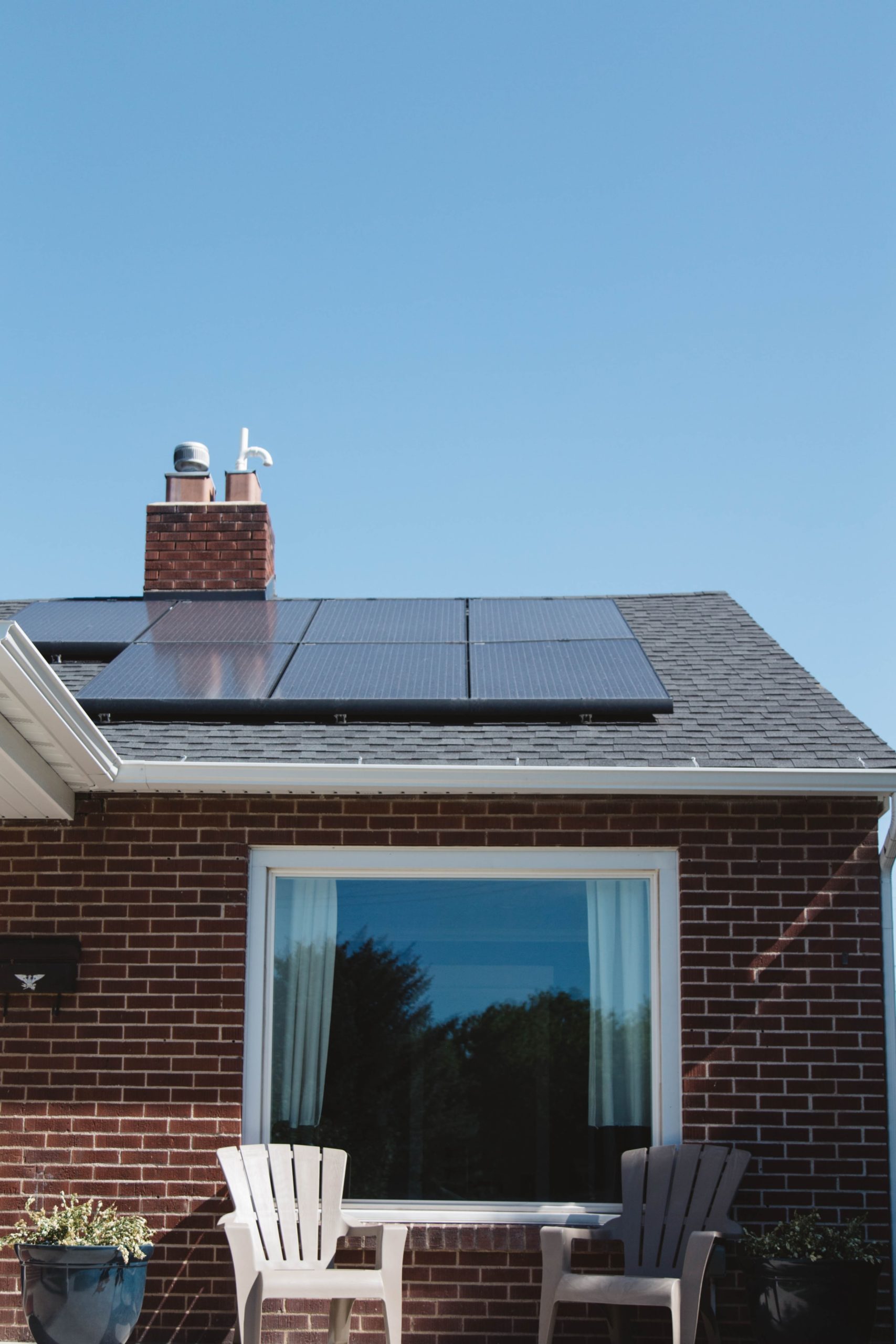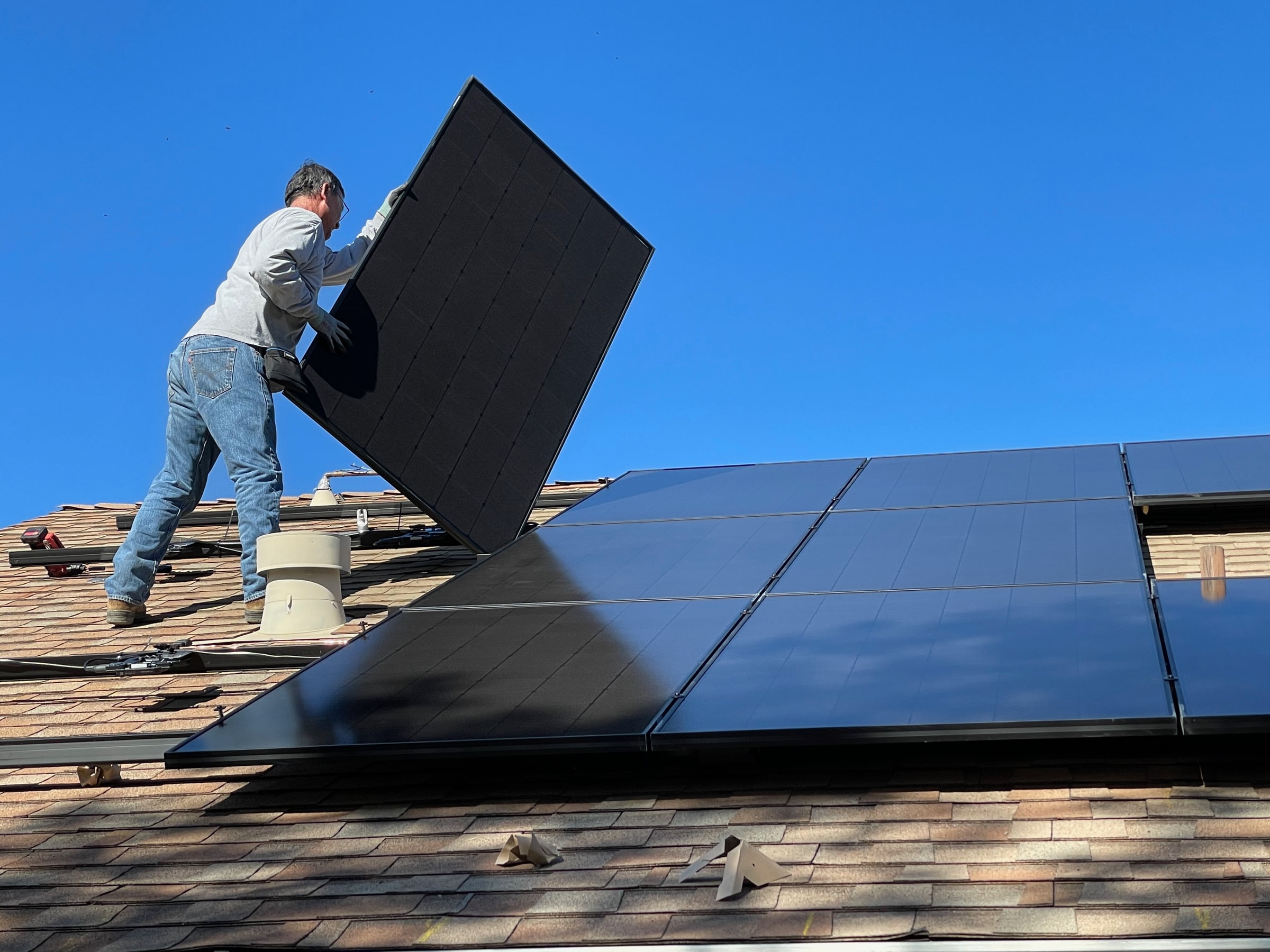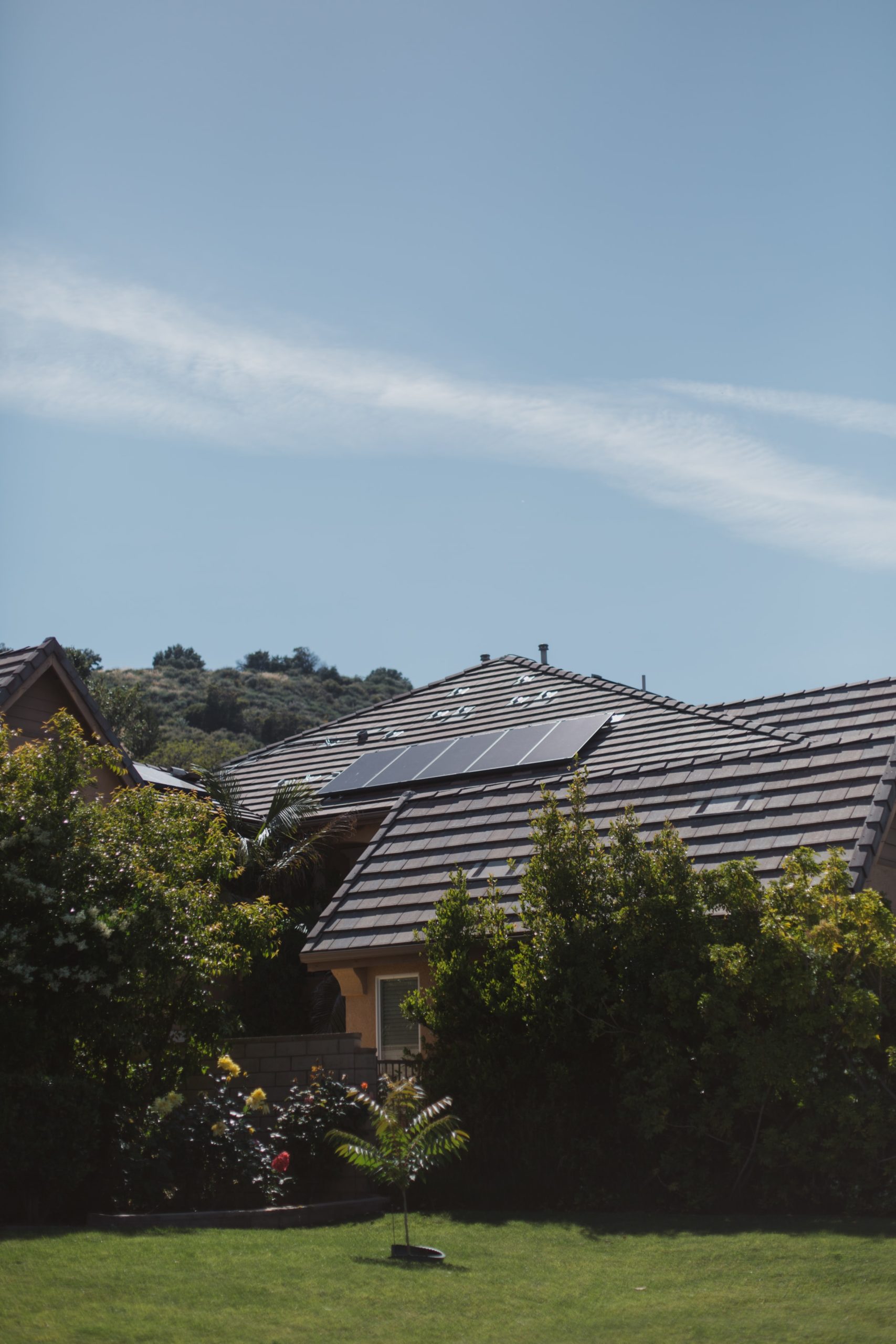Hardwood flooring adds elegance and warmth to any home, but over time, its stunning appearance can diminish. Instead of opting for a complete replacement, consider hardwood floor refinishing as a sustainable and economically smart solution. This process not only restores the beauty of your floors but also represents an eco-conscious choice that benefits the environment. Read More
May, 2025
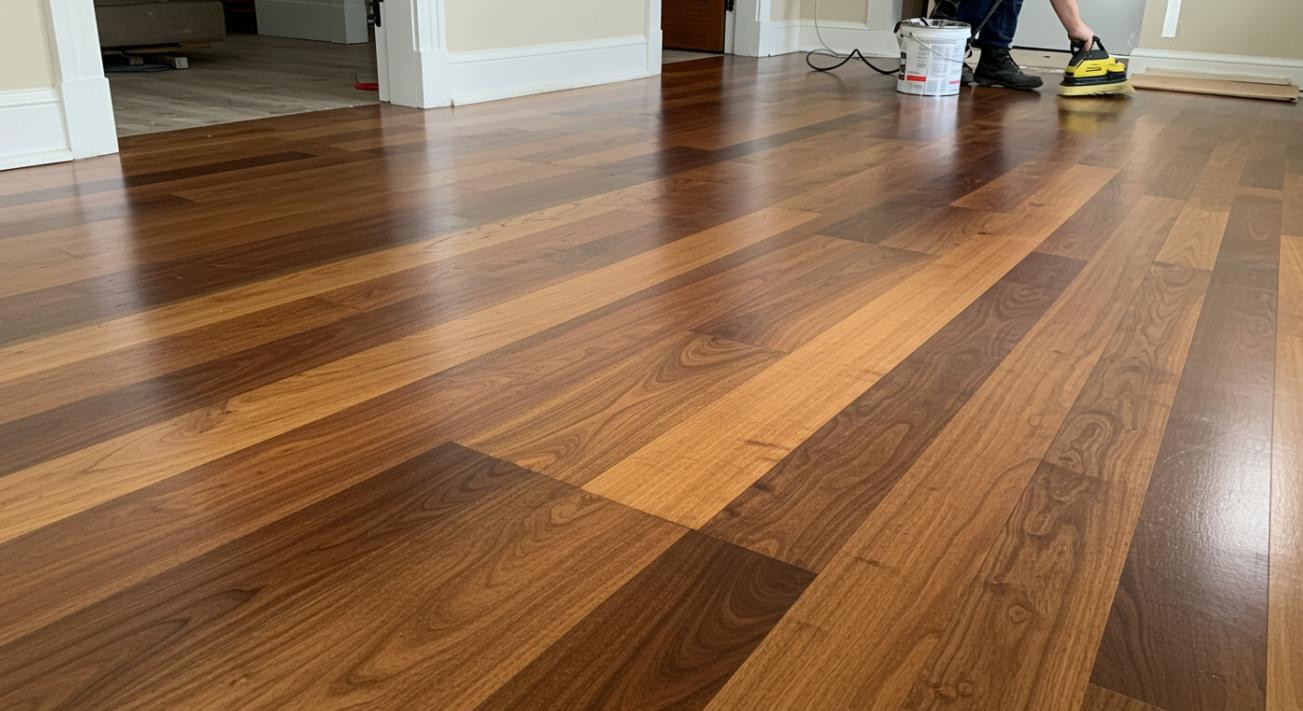





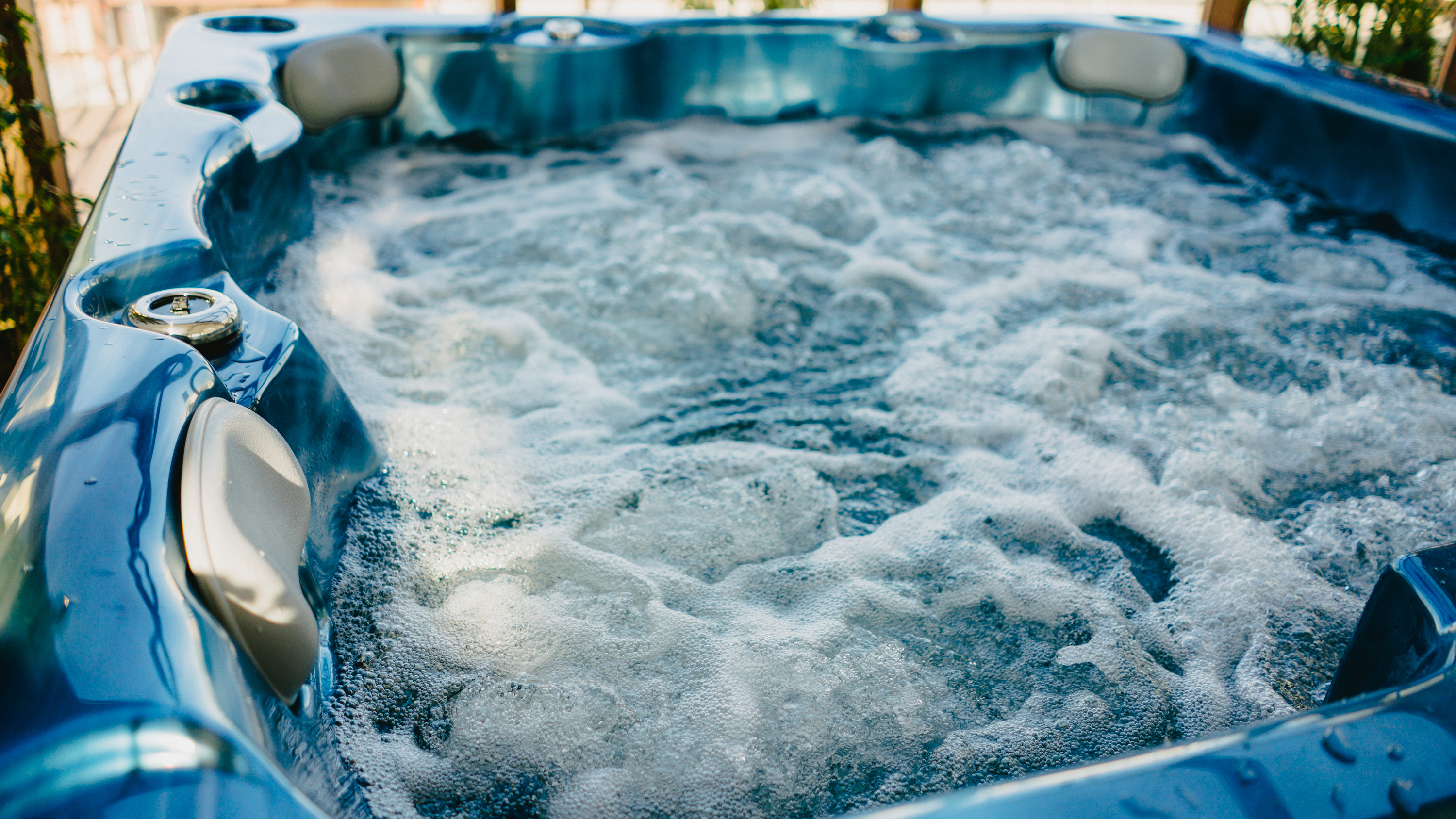 While the idea of lounging outside in bubbling warm water may seem appealing, many overlook the
While the idea of lounging outside in bubbling warm water may seem appealing, many overlook the  So, hot tubs are hard to love from an eco-friendly point of view unless you want to opt for an eco-friendly hot tub.
So, hot tubs are hard to love from an eco-friendly point of view unless you want to opt for an eco-friendly hot tub.
